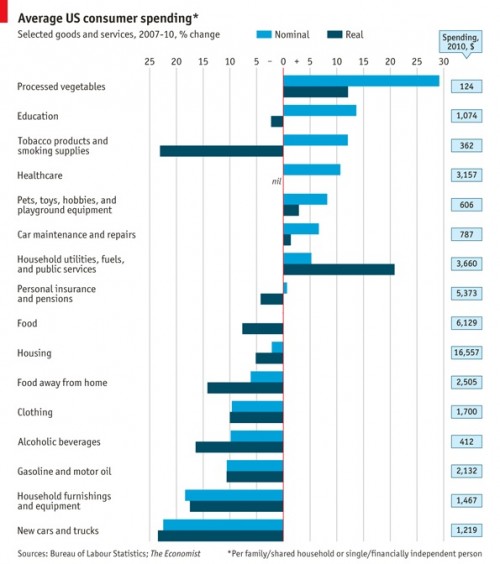Cross-posted at The Hipster Effect.
I know, I know – you hate hipsters. Maybe somebody called you one once, but they were clearly mixing you up with the real hipsters. You know the ones.
Hipsters have beards. Or mustaches. Or neither. They wear skinny jeans. Or maybe they don’t. They’ve got thick-rimmed glasses. Or sometimes not. You may not be able to describe one offhand, but you know one when you see one. Right?
As elusive as a unicorn yet as common as an ant, the hipster seems to be everywhere and nowhere at once. The only definite thing about a hipster is that nobody wants to be called one (yet pretty much all of us are guilty of having called other people hipsters). It’s become one of the worst insults you can bestow upon somebody (yet it’s also among the most common). If you want to completely discount a person and everything that they stand for, just break out the H-word and watch their credibility to go down the drain. Once you’ve been dubbed a hipster, you yourself become meaningless in that context. You become one of those people and we all know what those people are like.
Or do we?
The definition of a “hipster” is at best a collection of vague cultural artifacts that we associate with a certain set of personality traits, very few of which actually exist in tandem. The prototypical hipster is a trust-fund baby who spends his days talking about art projects that he never gets around to starting. He drinks the cheapest beer available even though he can afford better. He does this ironically, and he wears his clothes in the same way. He judges you, the non-hipster, based solely on your appearance, quickly dismissing you as a non-member of the hip elite. He listens to bands you’ve never heard of and thinks it’s sad that you can’t keep up with his cooler-than-cool musical tastes. In short, the prototypical hipster is an asshole – but for the most part, he doesn’t even exist.
In a way, we’ve vilified the hipster archetype as a way of dealing with our own insecurities. Being cool was something most people never worried about once they graduated high school. Our internet-fueled society has since changed that, bringing the hunt for the newest and most interesting things into our day-to-day lives. There is a burden to be cool that now follows you into your 20s and 30s and beyond, whereas before these things were safely relegated to lunchtime cafeterias and high school auditoriums. And with the internet now spitting out a different concept of cool with each and every day that goes by, it’s almost impossible to keep up. Eventually we throw up our hands in exasperation and, whenever we see somebody who looks like they’re trying harder than us, we spit out the word: hipster.
—————————
Sophy Bot is the author of the forthcoming book, The Hipster Effect: How the Rising Tide of Individuality is Changing Everything We Know about Life, Work and the Pursuit of Happiness. Bot also runs The Hipster Effect blog, examining how identity, society and work have metamorphosed in the age of perpetual connectivity.





